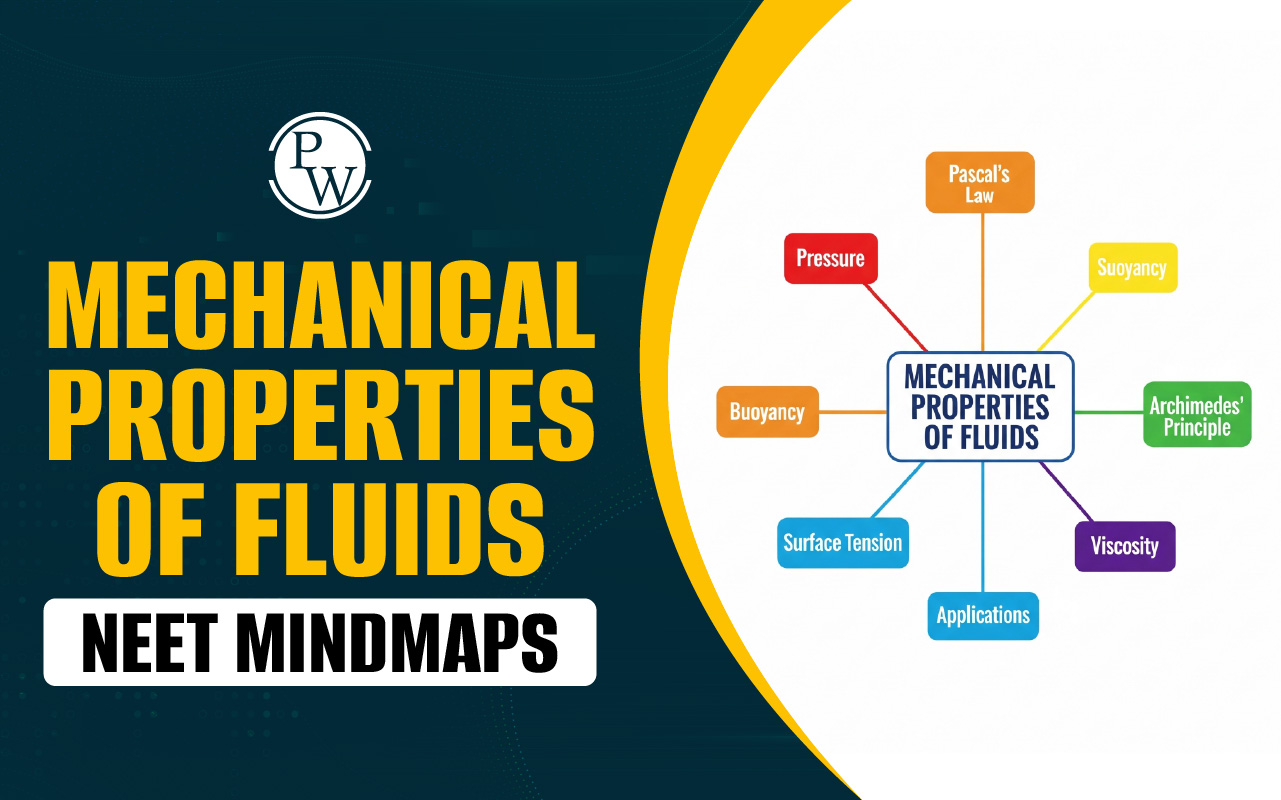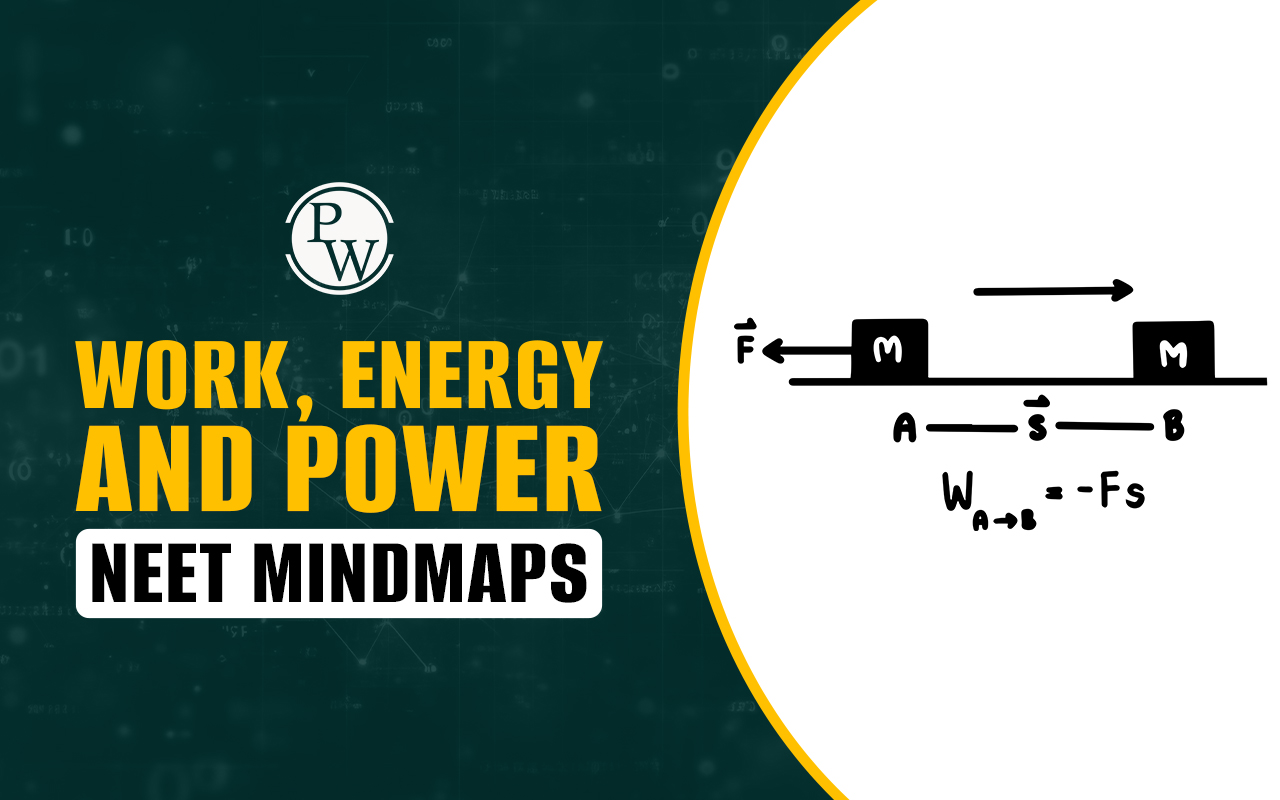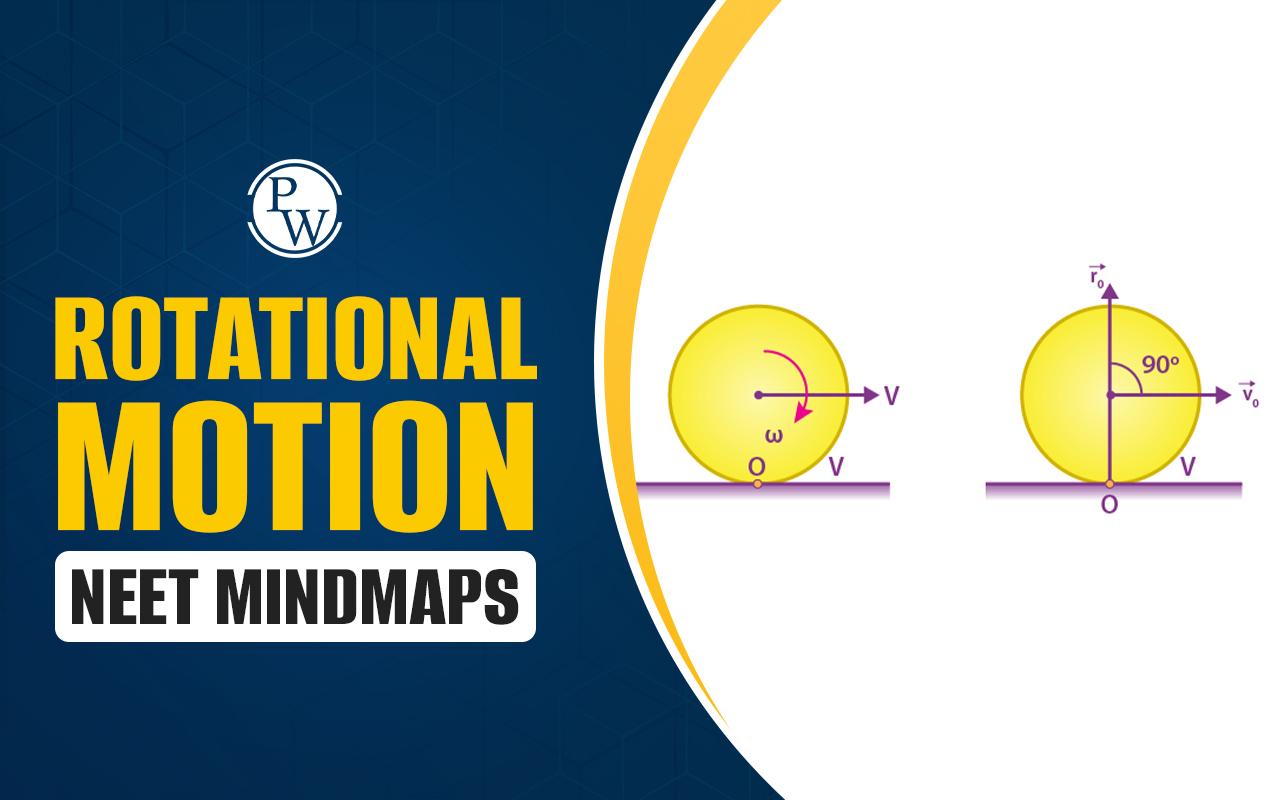

Structure of Nucleosome: The nucleus of a cell contains genes, which are the units of heredity. Genes are located on chromosomes, forming a chromatin network in a non-dividing cell. Chemically, chromatin consists of a single DNA molecule, five basic types of histone proteins in equal amounts, some RNA molecules, and various acidic proteins in different amounts. Nucleosomes are the fundamental structural units of chromatin.
In eukaryotic cells, DNA is tightly bound to an equal mass of histone proteins, creating a repeating structure of DNA-protein particles known as nucleosomes. If stretched out, the double-helix DNA in each human chromosome would be thousands of times longer than the cell nucleus. Histones are crucial for the efficient packing of this lengthy DNA molecule. Students can refer to the detailed NEET Biology notes on the structure of nucleosomes below.Also Check:
What is a Nucleosome?
A nucleosome is a part of DNA that is coiled around a group of proteins. Inside the nucleus, DNA combines with proteins to form chromatin, which helps condense DNA into a smaller space. When chromatin is stretched out and observed under a microscope, it looks like beads on a string. Each bead, called a nucleosome, is about 11 nm in diameter. The nucleosome is the basic unit of chromatin. Each nucleosome consists of nearly two turns of DNA wrapped around eight proteins, known as histones, forming a histone octamer. This octamer includes two copies each of histone proteins H2A, H2B, H3, and H4. The chain of nucleosomes is further compacted into a highly structured complex of DNA and proteins, called a chromosome.Free Study Material for NEET Preparation –
What is the Nucleosome Model?
The nucleosome model, introduced by R.D. Kornberg in 1974, is a key concept in molecular biology that describes how DNA is arranged inside the cell nucleus. In this model, DNA wraps around a core made up of eight histone proteins, creating a structure called a nucleosome. This configuration looks like "beads on a string," where each "bead" is a nucleosome and the "string" is the DNA. This model is essential for understanding how DNA is compacted to fit inside the nucleus and how it influences gene expression. By regulating the accessibility of DNA to transcription factors and other regulatory proteins, nucleosomes play an important role in gene regulation, DNA repair, and replication.Structure of Nucleosome
The nucleosome is the basic unit of chromatin, which is the material that makes up chromosomes in eukaryotic cells. It is essential for organizing and regulating DNA. The main components of the nucleosome structure are as follows: 1. Core Histone Proteins The nucleosome core is made up of an octamer of histone proteins. This octamer includes two copies of each of the following core histones:- H2A
- H2B
- H3
- H4
Also Check:
2. Histone Octamer The histone octamer resembles a spool:- H3-H4 Tetramer: Two H3 and two H4 histones combine to form a tetramer.
- H2A-H2B Dimers: Two H2A and two H2B histones each form a dimer, which binds to the H3-H4 tetramer.
- 2 H3 histones
- 2 H4 histones
- 2 H2A histones
- 2 H2B histones
| NEET Biology Notes | ||
|---|---|---|
| Plasma Membrane Structure | Pre-Fertilisation | Economic Importance of Algae |
| Slime moulds | hypotonic solution | Post fertilisation |
| NEET Biology Notes | |||
|---|---|---|---|
| Embryo | Funaria | Selaginella | Malvaceae |
| Polyembryony | Apomixis | Pinus | Pollen Grains |
| Chara | Volvox | Endosperm | Equisetum |
Function of Nucleosome
Nucleosomes play a crucial role in organizing and regulating DNA within the cell nucleus. The following are their primary functions:- DNA Packaging: Nucleosomes are the basic units of chromatin, found within chromosomes. They consist of DNA wrapped around a core of eight histone proteins, resembling beads on a string. This structure helps compact the long DNA molecules to fit within the cell nucleus.
- Gene Regulation: Nucleosomes control gene expression by regulating the accessibility of DNA to transcription factors and other regulatory proteins. By determining which regions of DNA are accessible, nucleosomes significantly influence transcription and gene regulation.
- Epigenetic Regulation: Histone modifications, such as methylation and acetylation, serve as epigenetic marks that affect chromatin structure and function. These modifications can influence gene expression without changing the underlying DNA sequence.
- DNA Repair and Replication: Nucleosomes are involved in DNA repair and replication. They help organize DNA in a way that facilitates these essential cellular processes.
- Structural Support: Nucleosomes provide structural support to DNA, protecting it from physical damage and maintaining the stability of the nucleus. They act as a scaffold for forming higher-order chromatin structures.
- Chromosome Formation: During cell division, nucleosomes help form chromosomes by further compacting DNA into a highly organized structure. This ensures the proper segregation of genetic material during cell division.
Physics Wallah provides diverse NEET online courses , including free batches, prep for classes 11 and 12, and options for dropouts. Our experienced faculty and comprehensive materials, including test papers, ensure effective NEET exam preparation. Join today for top-notch guidance and support.
| NEET Biology Notes | |||
|---|---|---|---|
| Rhizopus | Fibrous root | Marchantia | Actinomycetes |
| Nostoc | Spirogyra | Ribosomes | Liverworts |
Structure of Nucleosome FAQs
Q: What is the nucleosome and its function?
A: The nucleosome is the fundamental unit of chromatin, consisting of DNA wrapped around histone proteins. Its primary function is to package DNA into a compact, organized structure, aiding in gene regulation and chromatin organization.
Q: Which of the following are functions of nucleosomes?
A: Nucleosomes help in DNA packaging, regulate gene expression, and facilitate DNA replication by organizing DNA into a condensed structure.
Q: What is the function of the nucleosome in an animal cell?
A: In animal cells, nucleosomes organize DNA into chromatin, making it manageable and accessible for processes like transcription, replication, and repair.
Q: What is the role of nucleosomes in gene expression?
A: Nucleosomes play a key role in gene expression by regulating access to DNA. They can either inhibit or facilitate transcription depending on their positioning and modifications.
Q: What is the role of nucleosomes in replication?
A: During DNA replication, nucleosomes are temporarily removed and reassembled to allow the DNA polymerase to copy the DNA strand, ensuring the proper distribution of histones to the daughter DNA molecules.
Q: What are the characteristics of a nucleosome?
A: Nucleosomes consist of DNA wrapped around an octamer of histone proteins. They are characterized by their role in DNA packaging, their ability to regulate gene activity, and their involvement in chromatin remodeling.
🔥 Trending Blogs
Talk to a counsellorHave doubts? Our support team will be happy to assist you!

Check out these Related Articles
Free Learning Resources
PW Books
Notes (Class 10-12)
PW Study Materials
Notes (Class 6-9)
Ncert Solutions
Govt Exams
Class 6th to 12th Online Courses
Govt Job Exams Courses
UPSC Coaching
Defence Exam Coaching
Gate Exam Coaching
Other Exams
Know about Physics Wallah
Physics Wallah is an Indian edtech platform that provides accessible & comprehensive learning experiences to students from Class 6th to postgraduate level. We also provide extensive NCERT solutions, sample paper, NEET, JEE Mains, BITSAT previous year papers & more such resources to students. Physics Wallah also caters to over 3.5 million registered students and over 78 lakh+ Youtube subscribers with 4.8 rating on its app.
We Stand Out because
We provide students with intensive courses with India’s qualified & experienced faculties & mentors. PW strives to make the learning experience comprehensive and accessible for students of all sections of society. We believe in empowering every single student who couldn't dream of a good career in engineering and medical field earlier.
Our Key Focus Areas
Physics Wallah's main focus is to make the learning experience as economical as possible for all students. With our affordable courses like Lakshya, Udaan and Arjuna and many others, we have been able to provide a platform for lakhs of aspirants. From providing Chemistry, Maths, Physics formula to giving e-books of eminent authors like RD Sharma, RS Aggarwal and Lakhmir Singh, PW focuses on every single student's need for preparation.
What Makes Us Different
Physics Wallah strives to develop a comprehensive pedagogical structure for students, where they get a state-of-the-art learning experience with study material and resources. Apart from catering students preparing for JEE Mains and NEET, PW also provides study material for each state board like Uttar Pradesh, Bihar, and others
Copyright © 2025 Physicswallah Limited All rights reserved.











